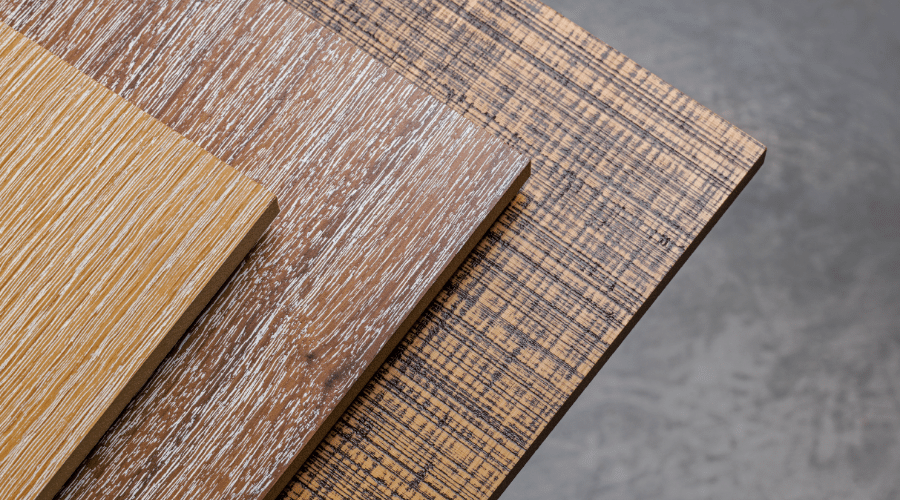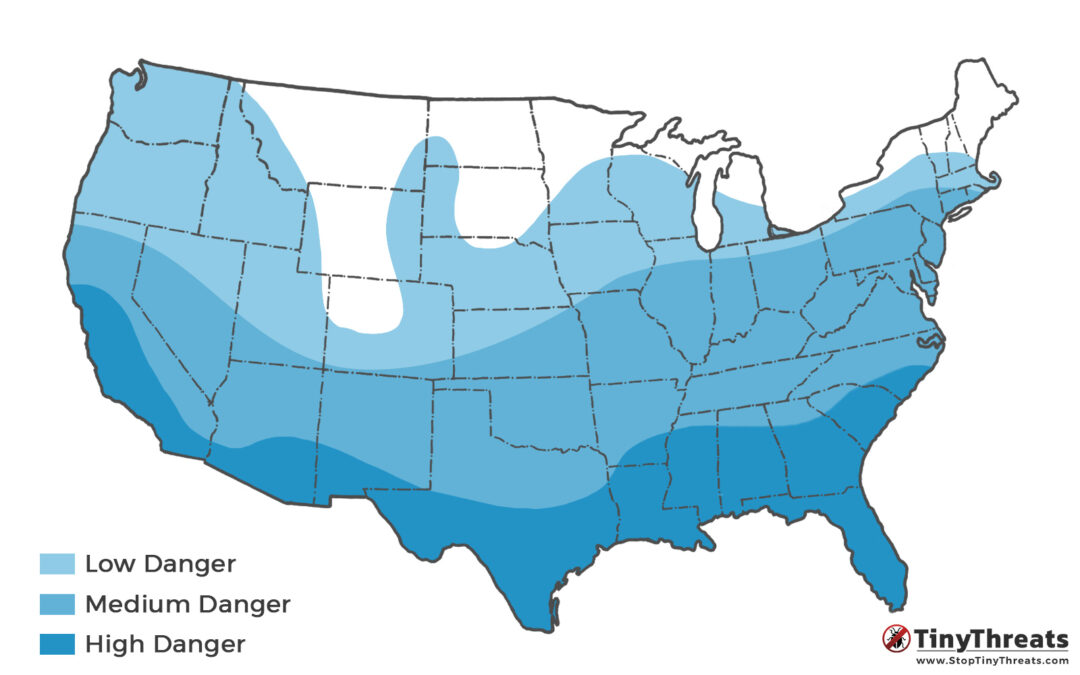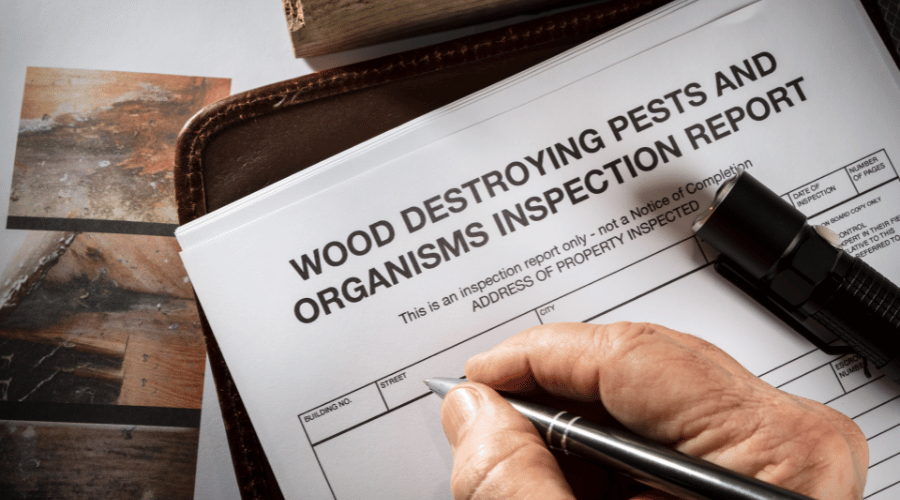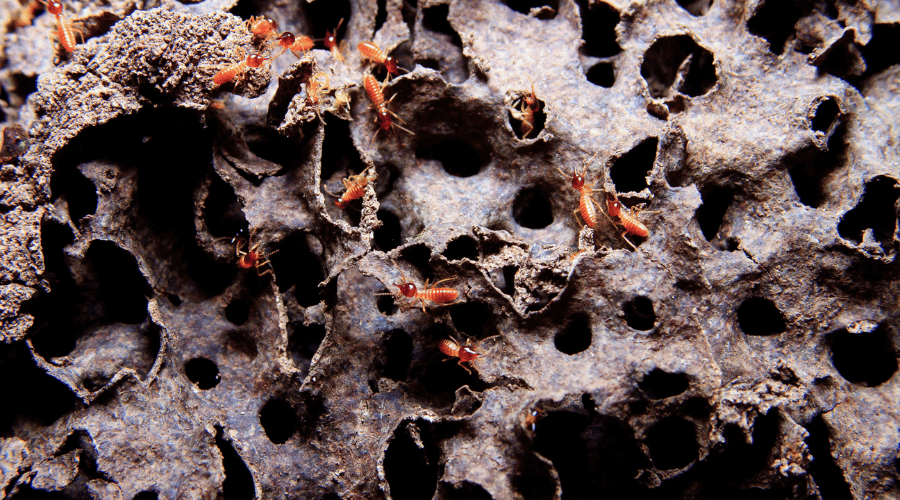Engineered wood describes no specific type of wood, but is a category for man-made wooden elements such as plywood or oriented-strand-board (OSB). It’s also called composite wood or manufactured board.
There are many common types of engineered wood, but they all share that they are designed and engineered, not naturally grown.
Each type is designed to excel and outperform regular lumber for specific purposes, sometimes offering cheaper alternatives to solid lumber boards. It can also be manufactured more easily and produces less waste, since all parts of the tree can be used.
But is engineered wood a safe choice with termite risk in mind? Let’s find out.
Table of Contents
Is Engineered Wood safe against termites?
Since there are many different types of engineered wood, there is no definitive answer.
However, since most types of composite wood consist of many pieces of timber, it is less solid and dense than natural pieces of hardwood.
Engineered wood types like plywood or oriented-strand-board are easier for termites to chew through exactly because of their lower density and pre-cut pieces.
(more on termite-safe plywood)
Many forms of composite wood also hold moisture better than solid hardwood, which is another factor: Termites, especially dampwood termites, love moist material, since they need the moisture to survive.
Engineered wood offers many advantages over dimensional lumber, usually a higher strength and resistance to warping over time. You will find it used in construction almost everywhere – and for good reason.
While some types of engineered wood are more susceptible to termites, no type of wood can be considered “safe” or “termite-proof” unless specifically treated.
This makes engineered wood a viable choice, even in high-termite-risk areas.
How to termite-proof Engineered Wood
Engineered wood can be termite-proofed just like regular lumber: Either it is pressure-treated during production with industrial machines, manually treated with termite-repelling preservatives, or made from termite-resistant trees.
Buying pre-treated wood is usually the simplest, most reliable choice: These boards are treated with chemicals like boric acid that repels and kills termites. Boric acid (also called Borax) does not naturally decay, which makes it perfect for long-term treatment.
However, even industrially treated wood will only stay protected for around 10-20 years. Usually, these pieces of wood come with a guarantee – it often pays to read it carefully, as many are very vague.
If you end up with untreated engineered wood such as plywood or laminated lumber for construction projects, you can still apply treatments like boric acid or proprietary treatment solutions manually. Usually, they are sprayed or painted on, but often have to be renewed every few years to keep the wood protected.
Remember to seal any treated wood with a complete layer of whatever finish is best – this is both to protect the treatment from degradation and as a second layer of defense against termites.
Finally, certain types of wood are resistant to termites because of naturally-occurring chemicals in the tree. Cedar, Redwood, and Teak are common examples. Engineered wood made from these trees will be less likely to be attacked by termites, but should not be considered safe.
What types of wood are Termite-Resistant?Full Guide
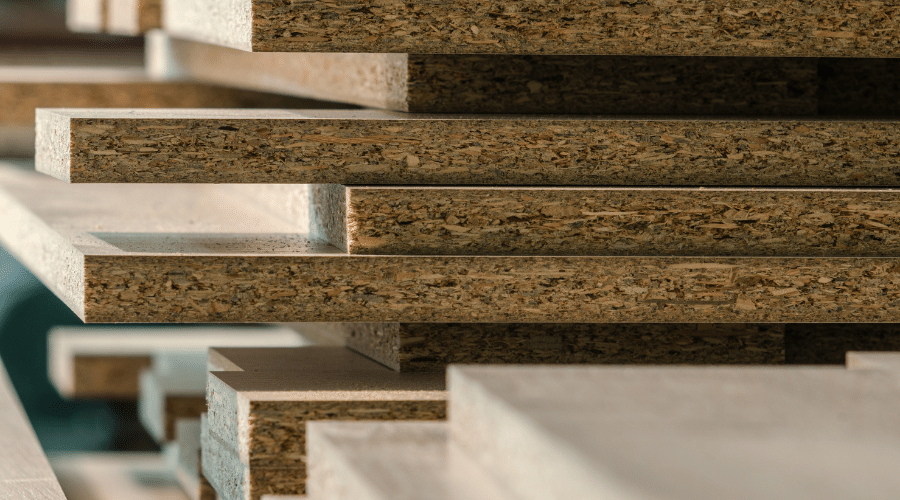
The small gaps and low density hold moisture and make many types of engineered wood a great environment for termites.
Termite-safe alternatives
While it would be nice to recommend a termite-safe wood type, there is none. Even professionally-treated hardwood will eventually succumb to termites. Especially outdoors, you will not be able to find lumber that can withstand termites for more than 10 or 20 years at most.
For outdoor use, such as fences or retaining walls, using wood is not a good idea of you live in a county that has termite activity. Concrete or brick-based structures will be a much better choice for longevity.
For interior use, you don’t have much of a choice. Since no type of wood is completely safe against termites, it doesn’t really matter which you choose.
The only choice you can make is to pay extra and buy treated wood, or get existing wood treated against termites.
If subterranean termites find your home, they might find a weakness in untreated wood in crawlspaces, for example, and spread from there.
The key is not so much finding a “safe” wood type, but rather active prevention and monitoring, and acting fast if there are any signs of termite activity.
Treated wood will slow the spread of termites, which gives you more time to act, as well as minimizing the damage.
It’s also important to watch out for common signs of termite activity – the most common one being tiny holes in the wall with termite droppings below them on the ground.
Finally, termites only eat wood – by using concrete, brick, and other non-plant-based materials during construction, you can prevent or slow down their spreading. Especially the bottom parts of any house, anything within ten inches of the soil, should not be made from wood in areas where subterranean termites may spread to.
Conclusion
Engineered wood encompasses many types of wood that is manufactured, rather than grown, and each type has their own properties.
Many of them are easier for termites to chew through than solid hardwood, though that can be mitigated by buying it pre-treated against termites and other insects.
When choosing between engineered wood such as plywood or oriented-strand-board and solid dimensional lumber, termite-resistance does not need to be a major concern.

